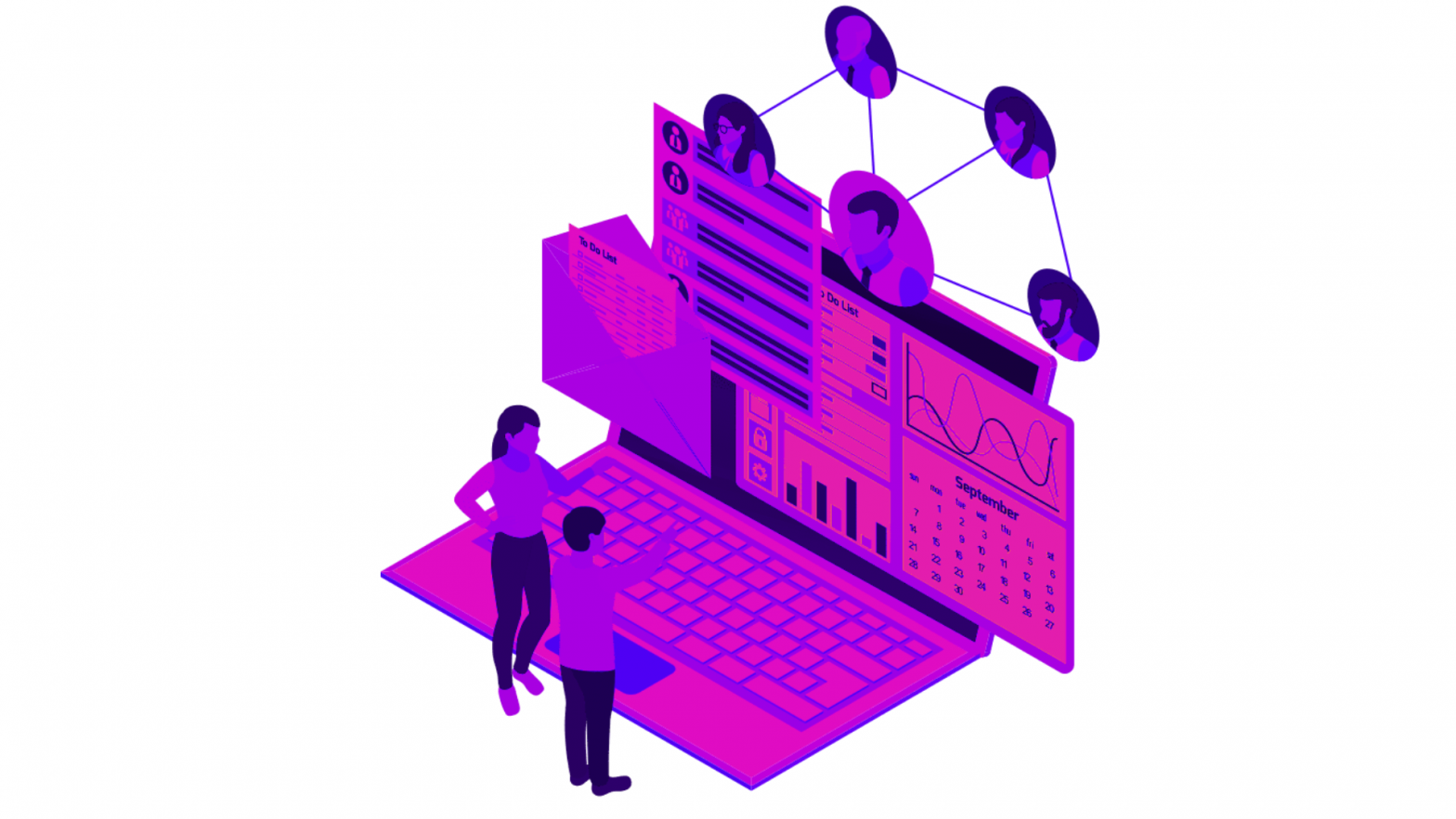
Table of contents:-
What is an Iteration?
Definition of Iterations
Iterations are the fundamental unit of Agile development. Agile Teams offer additional benefits in working and testing software and systems during each iteration, a defined, fixed-length timebox. Iterations provide a consistent, predictable cycle for teams to build incremental value and modify previously developed ones. The team, product owners, product managers, and other participants can use these brief periods to review technical and business theories promptly.
In an agile software development environment, an iteration is a set amount of time reserved solely for development.
Iterations are generally short but may vary depending on the project’s complexity. While most iterations last 1-2 weeks, some may go as long as four weeks.
An agile product typically has iteration series. The duration of each iteration would have been agreed upon at the start by the whole team.
Based on velocity and the remaining work, the fixed iteration length gives teams a simple way to obtain a relatively accurate estimate of the project’s remaining duration.
Sprint vs. Iteration:
Sprint:
Scrum is a framework for agile that is the most popular and successful framework. Individuals use Scrum to produce agile software, and many product management software is available to handle this methodology.
Scrum requires a team to function in brief, consistent “sprints” or timeboxes. It takes about two weeks in typical cases. However, it cannot be over one week or more than four weeks.
Also, all sprints must be made in the same timeframe or sprint cadence. You can do one for two weeks and then the other for three and a half weeks. Then it is two sprints in a row.
The approach is that the team organizes a small piece of work at frequent short intervals, analyzes it, and remarks on it. After that, the process repeats.
Iteration:
The definition of iteration is a bit broader. It simply refers to a specific instance of a process that can be repeated.
It originated as a computer-related concept. In a software program, you may have a for a loop. That is one iteration for each time it runs through the loop.
Later on, the term came to be employed in a broader notion of development. It was also utilized outside of the agile environment. In a Waterfall software project, you could have iterations.
For instance, test iterations may be used in the SIT (Systems Integration Testing) phase. One test iteration is completed every time you go through a set of tests. A sprint is an iteration with a twist. Furthermore, it exists within a specific agile framework.
Sprints are Scrum’s domain, while iterations are a more broad agile concept. And the kind of iteration that each agile framework employs has its own set of terms and guidelines.
What are agile iteration goals?
Iteration goals describe the agile team’s high-level technical and business priorities for each iteration. They are critical to the Agile Release Train’s (ART) coordination as a self-managing and self-organizing team.
It is a reflection of the following:
- Aspects, features, or slices are all examples of features.
- Milestones in terms of both technology and business.
- Research, design, compliance, and infrastructural tasks
- Work done regularly, such as refactoring, management, and documenting.
The following are some of the advantages of iteration goals:
- They make sure that everyone on the team, including the Product Owner, is on board with the mission.
- People have aligned with the Program Increment (PI) Objectives.
- They set the stage for comprehending and dealing with cross-team dependencies.
Iteration goals provide a standard language for agile teams, ART consumers, and administration to handle constraints and coordination and make appropriate modifications during PI execution, regardless of if they utilize Scrum or Kanban board. (Either of them are great product manager tools.)
FAQs
Iterations provide a regular, predictable cadence for teams to produce an increment of value and refine those previously developed features.
Iteration Planning is an event where the team members discuss and analyze the amount of Team Backlog they can commit to delivering before the commencement of any Iteration.
The ideal iteration length is a topic on which the agile community is polarized. Iteration length is recommended by the Scrum method at 3-4 weeks, while eXtreme Programming and Feature-Driven Development recommend 1-2 weeks. Evaluate your team’s experience with agile approaches when deciding on a regular iteration length.
A burndown chart is a visual depiction of how rapidly a team is working through a customer’s user requirements, an agile approach for capturing a description of functionality from the end user’s standpoint. The burndown chart depicts the total effort vs. the amount of work for every iteration.
